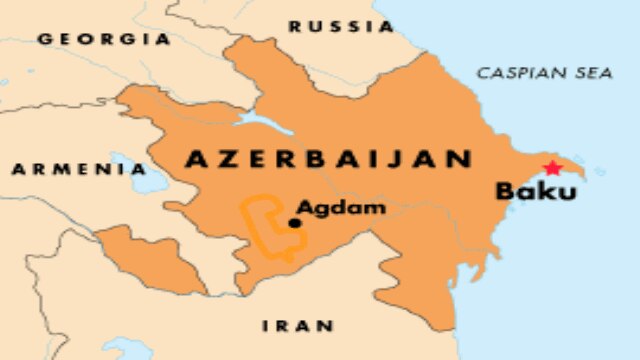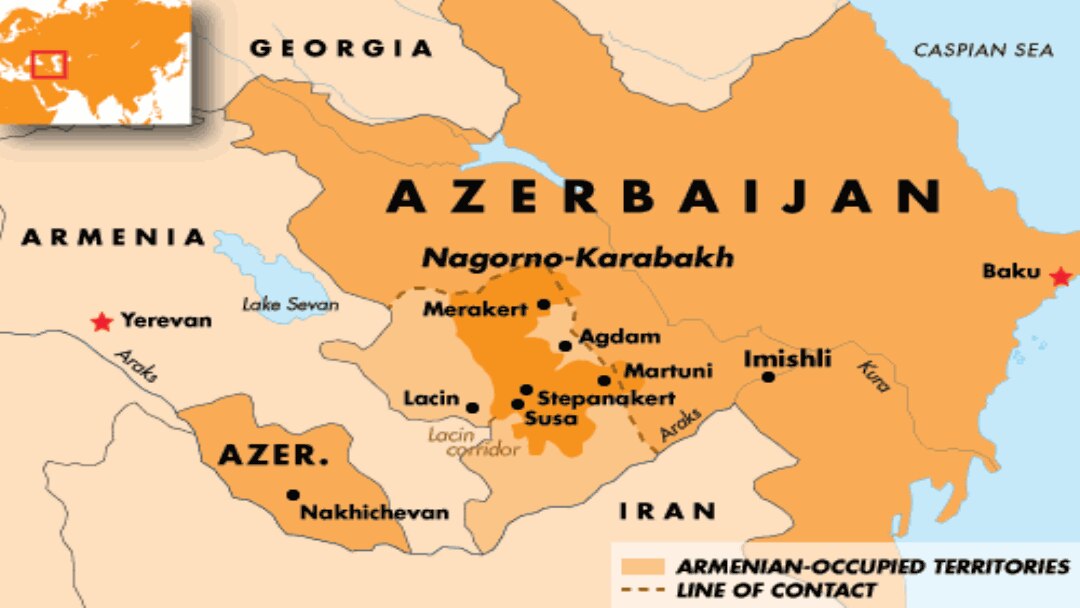In the run-up to the talks, diplomats expressed guarded optimism that this time progress could be made toward a framework for settling the dispute, which has claimed at least 25,000 lives and driven more than a million people from their homes.
Armenian television reported that the atmosphere was tense going into the one-on-one talks between the presidents on 10 February. It said the two sides discussed the issue of the withdrawal of Armenian forces from Azerbaijani territory bordering Nagorno-Karabakh and their possible replacement by international forces.
The Armenian press also reported that one of the main sticking points was a proposal to hold a referendum at an indeterminate date on the final status of the disputed enclave.
(AFP, AP, ITAR-TASS)
The Nagorno-Karabakh Conflict


In February 1988, the local assembly in Stepanakert, the local capital of the Azerbaijani region of NAGORNO-KARABAKH, passed a resolution calling for unification of the predominantly ethnic-Armenian region with Armenia. There were reports of violence against local Azeris, followed by attacks against Armenians in the Azerbaijani city of Sumgait. In 1991-92, Azerbaijani forces launched an offensive against separatist forces in Nagorno-Karabakh, but the Armenians counterattacked and by 1993-94 had seized almost all of the region, as well as vast areas around it. About 600,000 Azeris were displaced and as many as 25,000 people were killed before a Russian-brokered cease-fire was imposed in May 1994.
CHRONOLOGY: For an annotated timeline of the fighting around Nagorno-Karabakh in 1988-94 and the long search for a permanent settlement to the conflict, click here.
To view an archive of all of RFE/RL's coverage of Nagorno-Karabakh, click here.


